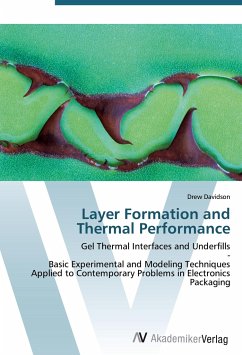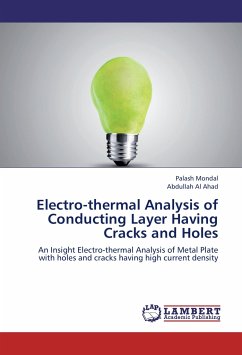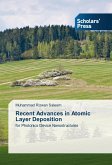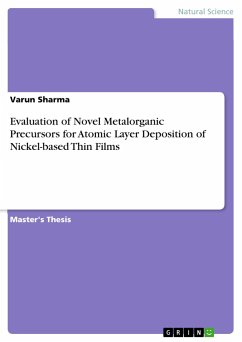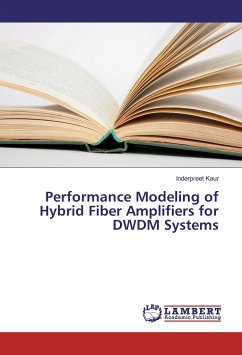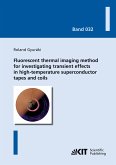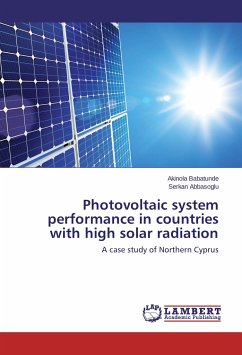Revision with unchanged content. Better understanding of thermal interface materials is needed as today's electronic devices pack more power into less space. The first part of this work is an experimental and theoretical study of a gel thermal interface material with micron-sized alumina particles dispersed in a heat-curing silicone resin. Experimental and theoretical techniques are used to optimize the formation of thin layers by squeezing flow, and for relating layer thermal resistance to layer thickness. The feasibility is assessed of predicting layer thermal resistance as a function of the squeezing flow procedure, the measured bulk effective thermal conductivity, and the measured rheology. The advent of microfluidics is currently arousing greater interest in capillary flows at small length scales. The second part of this work is an experimental and theoretical study of the interface fingering observed in capillary flow of a Newtonian liquid in a corrugated Hele-Shaw cell (a simplified version of the underfill encapsulation of a flip chip device with trace lines). The relationship between interface finger length and channel geometry is explored.
Hinweis: Dieser Artikel kann nur an eine deutsche Lieferadresse ausgeliefert werden.
Hinweis: Dieser Artikel kann nur an eine deutsche Lieferadresse ausgeliefert werden.

